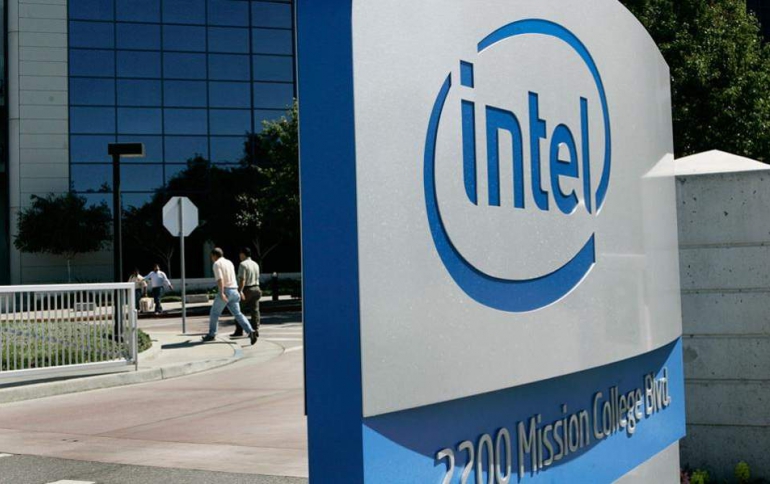
Intel Offers Professor Stephen Hawking Ability to Better Communicate
Intel and professor Stephen Hawking demonstrated a new communications platform to replace professor's decades-old system, improving his ability to communicate with the world.
Intel has delivered a tailored solution - called ACAT (Assistive Context Aware Toolkit) - that results in improved communication for Hawking with the world. It has the potential to become the backbone of a customizable system other researchers can use to benefit those who have motor neuron diseases (MND) and quadriplegia.
Hawking has an MND related to amyotrophic lateral sclerosis (ALS), a condition that has progressed over the years. He is almost entirely paralyzed and communicates through technology.
"Medicine has not been able to cure me, so I rely on technology to help me communicate and live," said Hawking. "Intel has been supporting me for almost 20 years, allowing me to do what I love every day. The development of this system has the potential to improve the lives of disabled people around the world and is leading the way in terms of human interaction and the ability to overcome communication boundaries that once stood in the way."
Similar to the parts of an engine interacting smoothly to run a car, the Intel-created software user interface enables existing and new technologies to efficiently work with each other. The result: Hawking's typing speed is twice as fast, and there is a 10x improvement in common tasks, such as easier, more accurate and faster browsing, editing, managing and navigating the Web, emails and documents; opening a new document; and saving, editing and switching between tasks.
His existing cheek sensor is detected by an infrared switch mounted to his glasses and helps him select a character on the computer. Integrating software from British language technology company SwiftKey has greatly improved the system's ability to learn from Hawking to predict his next characters and words so he only has to type less than 20 percent of all characters.
This information is sent to his existing speech synthesizer so he can communicate to others through his laptop. For example, to conduct a Web search, Hawking previously had to take arduous routes, such as exiting from his communication window, navigating a mouse to run the browser, navigating the mouse again to the search bar, and finally typing the search text. The new system automates all of these steps for a seamless and swift process.
The customizable platform will be available to research and technology communities by January of next year.
Hawking has an MND related to amyotrophic lateral sclerosis (ALS), a condition that has progressed over the years. He is almost entirely paralyzed and communicates through technology.
"Medicine has not been able to cure me, so I rely on technology to help me communicate and live," said Hawking. "Intel has been supporting me for almost 20 years, allowing me to do what I love every day. The development of this system has the potential to improve the lives of disabled people around the world and is leading the way in terms of human interaction and the ability to overcome communication boundaries that once stood in the way."
Similar to the parts of an engine interacting smoothly to run a car, the Intel-created software user interface enables existing and new technologies to efficiently work with each other. The result: Hawking's typing speed is twice as fast, and there is a 10x improvement in common tasks, such as easier, more accurate and faster browsing, editing, managing and navigating the Web, emails and documents; opening a new document; and saving, editing and switching between tasks.
His existing cheek sensor is detected by an infrared switch mounted to his glasses and helps him select a character on the computer. Integrating software from British language technology company SwiftKey has greatly improved the system's ability to learn from Hawking to predict his next characters and words so he only has to type less than 20 percent of all characters.
This information is sent to his existing speech synthesizer so he can communicate to others through his laptop. For example, to conduct a Web search, Hawking previously had to take arduous routes, such as exiting from his communication window, navigating a mouse to run the browser, navigating the mouse again to the search bar, and finally typing the search text. The new system automates all of these steps for a seamless and swift process.
The customizable platform will be available to research and technology communities by January of next year.





















